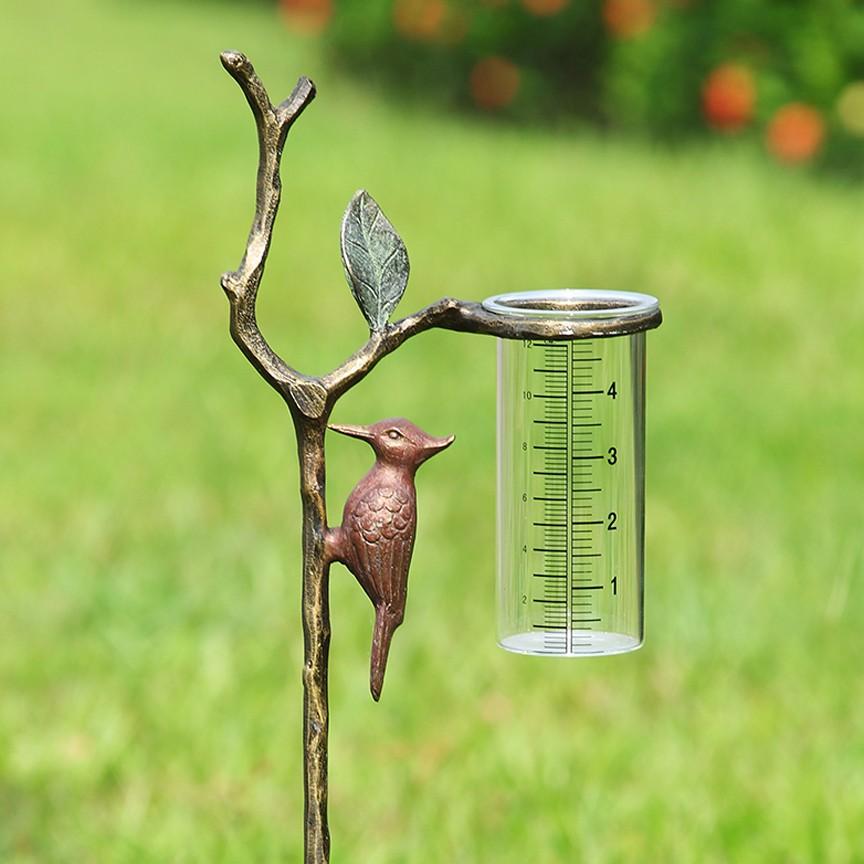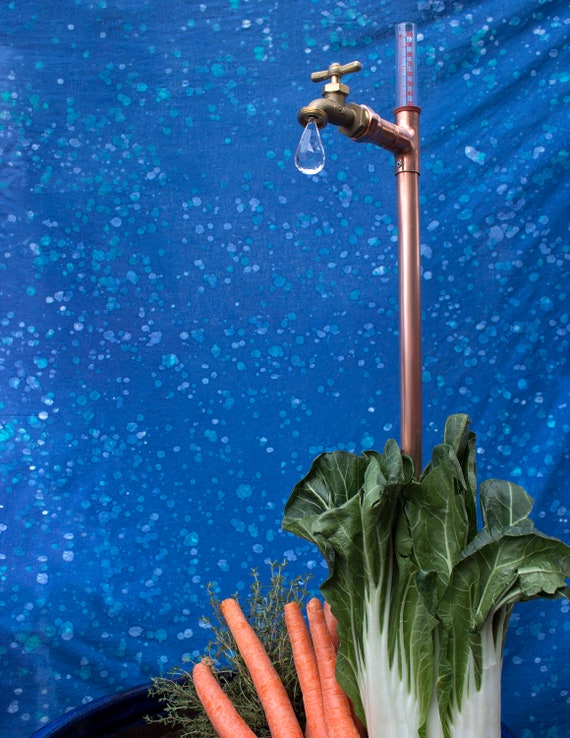The Rain Gauge: Equipping Communities with Exact Rainfall Data
The Rain Gauge: Equipping Communities with Exact Rainfall Data
Blog Article
Just How to Pick the Right Rainfall Scale for Accurate Rainfall Information
To obtain dependable measurements, it is crucial to select the right rainfall gauge. Considering variables such as location, kind, and accuracy of the rainfall scale will certainly assist guarantee exact information collection. In addition, recognizing the upkeep and calibration procedures will certainly contribute to the durability and dependability of your rain scale.
Importance of Selecting the Right Rain Gauge
The importance of picking the appropriate rain gauge exists in acquiring trustworthy and specific rainfall information for accurate atmospheric evaluation. Rainfall information is critical for a vast variety of applications, including climate forecasting, hydrological modeling, and climate study. Undependable or inaccurate information can lead to incorrect conclusions and flawed decision-making processes.

Second of all, the precision and accuracy of the rain gauge are paramount. The scale should be able to gauge rainfall with high accuracy, catching also small quantities of precipitation properly.
Furthermore, the area and installment of the rainfall gauge are important considerations. It should be placed in an open location, far from obstructions that might influence rainfall measurements. The gauge needs to be positioned at an ideal elevation and angle to stay clear of spilling and make sure correct catchment of rainwater.
Elements to Take Into Consideration When Picking a Rain Gauge
When selecting a rain scale, there are numerous key elements to think about. These aspects can significantly affect the accuracy and reliability of the rains information accumulated. The initial factor to think about is the kind of rain scale. There are different types readily available, consisting of common rain assesses, tipping bucket rainfall evaluates, and considering rain evaluates. Each type has its very own benefits and downsides, so it is necessary to select one that best fits your certain demands and demands.
An additional aspect to think about is the product of the rain gauge. Rain determines can be made of various materials, such as plastic, glass, or metal. The product picked should be immune and durable to weather problems, making sure that the rainfall gauge will endure the components and offer accurate measurements over time.
Precision is also a vital variable to consider. Look for rain evaluates that have actually been adjusted and tested for precision. Attributes such as anti-splash rings and funnels can additionally boost the precision of the dimensions.

Finally, consider the environment and environment in which the rain scale will certainly be made use of. Various rain evaluates appropriate for various climates, so it is very important to select one that is suitable for the conditions in your area.
Different Sorts Of Rainfall Determines Offered
To additionally check out the elements to think about when selecting a rain gauge, it is crucial to comprehend the various types of rain determines available. The most typical kind is the conventional rain scale, also recognized as the round rainfall scale.
One more kind of rainfall gauge is the tipping pail rain gauge. As the rain drops into the gauge, it loads up one side of the bucket, causing it to tip and empty the water.
A 3rd sort of rainfall scale is the weighing rain gauge. This gauge makes use of an equilibrium system to determine the weight of the collected rains. As the rainfall comes under the gauge, it is accumulated in a container linked to a balance. The weight of the water is determined, and the rainfall amount is calculated visit the site based on the weight. Weighing rainfall determines are highly exact however can be a lot more expensive and call for routine maintenance.
Lastly, there are also remote rain evaluates that usage progressed innovation to determine rainfall (The Rain Gauge). These determines use sensors and transmitters to send information wirelessly to a central unit. Remote rainfall determines are practical for keeping track of rains in hard-to-reach areas or for large data collection
How to Determine the Accuracy of a Rain Gauge
One means to assess the precision of a rainfall scale is by conducting regular calibration dimensions. Calibration entails comparing the analyses of a rain scale to a standard measurement, such as a licensed rain gauge or a weather condition terminal with high precision. By comparing the measurements, any type of discrepancies or errors in the rainfall gauge can be identified and represented.
To carry out a calibration measurement, begin by collecting rains data from both the rainfall scale and the basic measurement gadget over a specific time period, such as a month. Contrast the analyses and determine the difference in between them. This distinction is referred to as the calibration error.
It is essential to note that calibration measurements must be carried out regularly, as environmental aspects, such as temperature, particles, and wind, can influence the accuracy of the rainfall gauge over time. By performing normal calibrations, any kind of changes in the accuracy of the rainfall gauge can be discovered and modifications can be made appropriately.
In enhancement to calibration, it is also recommended to clean and preserve the rain scale consistently to guarantee its accuracy. Remove any particles or obstructions that may affect the precision of the dimensions, and look for any type of signs of damage or put on that might call for fixings or replacement.
Tips for Keeping and Adjusting Your Rainfall Gauge
Regular maintenance and calibration are vital for guaranteeing the precision and reliability of your rainfall scale in measuring rains information (The Rain Gauge). By adhering to a few basic tips, you can ensure that your rainfall scale is appropriately preserved and calibrated
First of all, it is necessary to clean your rainfall gauge frequently to avoid any type of particles or why not try here dust from blocking the rainfall collection system. web link Make use of a soft brush and a mild detergent to gently clean up the inside and beyond the scale. Wash it thoroughly with clean water and allow it to dry entirely before re-installing it.
Second of all, it is advised to calibrate your rainfall scale at the very least once a year. Calibration includes contrasting the dimensions of your rainfall gauge with those of a trusted and precise recommendation scale. This will help you identify and remedy any kind of potential mistakes in your rain gauge's measurements.
To adjust your rainfall scale, collect a recognized quantity of water making use of a gauging container and compare it with the dimensions videotaped by your rainfall gauge. Adjust the readings accordingly to make sure precision.

Verdict
In final thought, picking the right rain scale is vital for obtaining accurate rainfall information. Elements such as budget, location, and function must be taken into consideration when choosing a rain gauge.
There are different types offered, including common rainfall evaluates, tipping bucket rain determines, and weighing rain assesses.To further check out the aspects to think about when choosing a rain gauge, it is essential to recognize the various types of rainfall evaluates readily available. The most common type is the conventional rainfall scale, also understood as the cylindrical rainfall gauge.One more kind of rain gauge is the tipping container rain gauge. Calibration involves contrasting the readings of a rain gauge to a typical dimension, such as a licensed rain gauge or a weather condition station with high precision.
Report this page